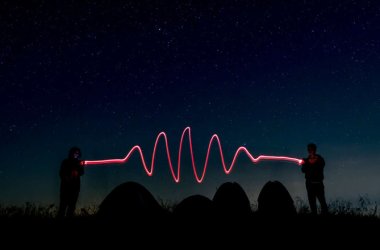 Orange, Ericsson and Qualcomm have successfully used L-band frequencies to demonstrate the use of supplemental downlink technology on a mobile network, thereby confirming the potential of this approach to increase mobile broadband capacity and enhance user experience.
Orange, Ericsson and Qualcomm have successfully used L-band frequencies to demonstrate the use of supplemental downlink technology on a mobile network, thereby confirming the potential of this approach to increase mobile broadband capacity and enhance user experience.
The demonstration was carried out on Orange’s network in Toulouse, France. The performance and benefits of this technology will be unveiled during the Mobile World Congress, in Barcelona, at Ericsson’s stand.
The initiative was achieved in the context of the recent decision from the CEPT (European Conference of Postal and Telecommunications Administration) to harmonise use of the L-band (1452-1492 MHz), reserving it specifically for supplemental downlink technology.
The trial system, which uses L-band frequencies for testing, was authorised by the French telecoms regulator, Arcep, in June 2012. The system combines L-band frequencies in the downlink mode with traditional 2.1 GHz frequencies owned by Orange to boost downlink capacity. The trial network uses radio base stations supplied by Ericsson and devices equipped with Qualcomm chipsets.
The live demonstration clearly demonstrated the relevance of this technology for increasing download speed and improving user experience.
Supplemental downlink is a new technology that can be used to increase downlink capacity on both 3G and LTE networks. The technology represents a significant step forward in traditional spectrum aggregation systems that are already used for HSPA+ and LTE networks by the 3GPP standardisation group.
It is a technological breakthrough as it provides a significantly enhanced technique for using radio spectrum for wireless networks. As well as now being able to be used in the L-band, supplement downlink technology could also be considered in other frequency bands.
This new technology will allow network operators to manage the ever-increasing demand for data service on wireless networks and provide improved performance for end users.
CNME Editor Ben Rossi is reporting live from Mobile World Congress. Follow updates at www.twitter.com/computernewsme and #MWC13.





